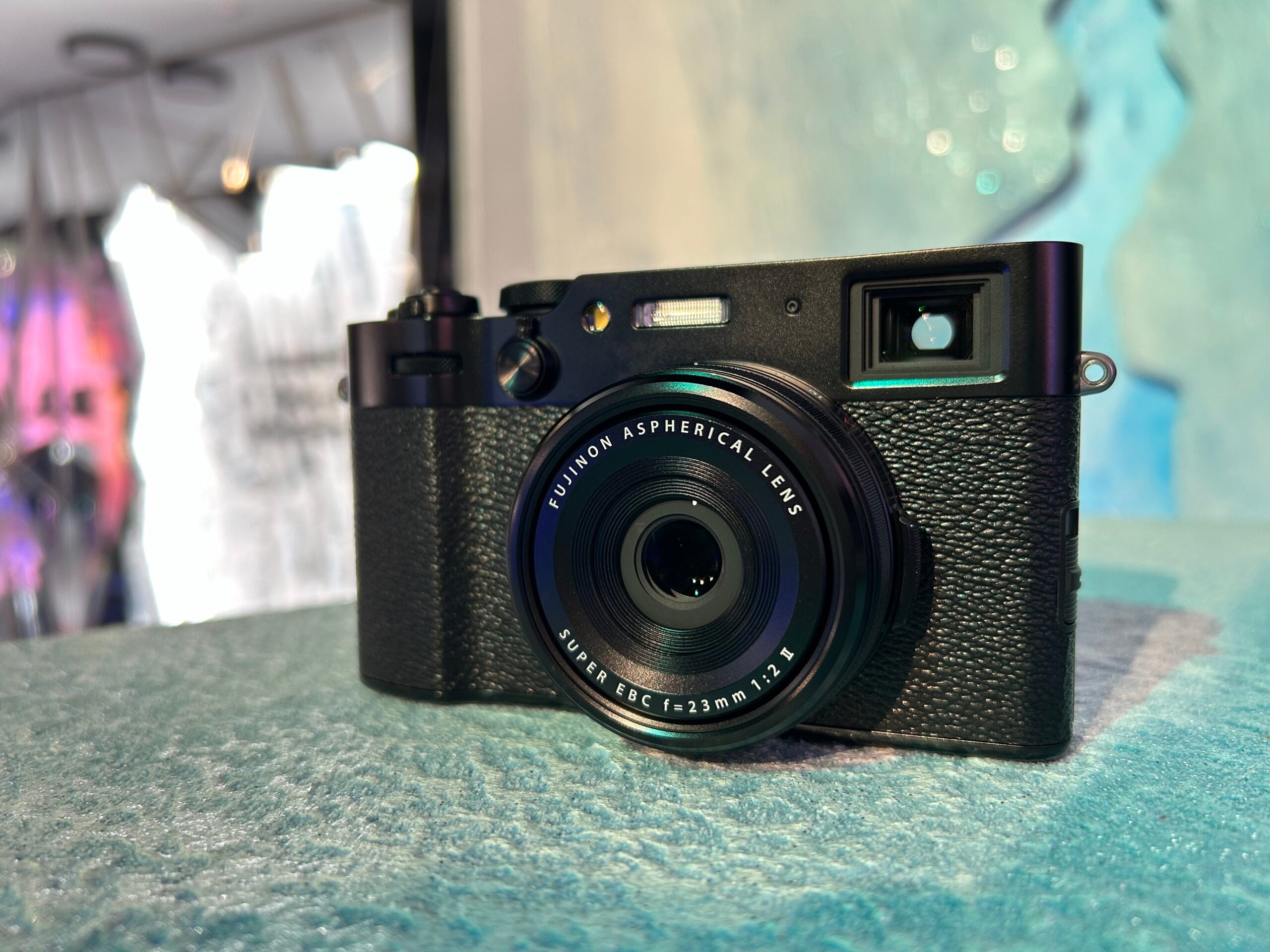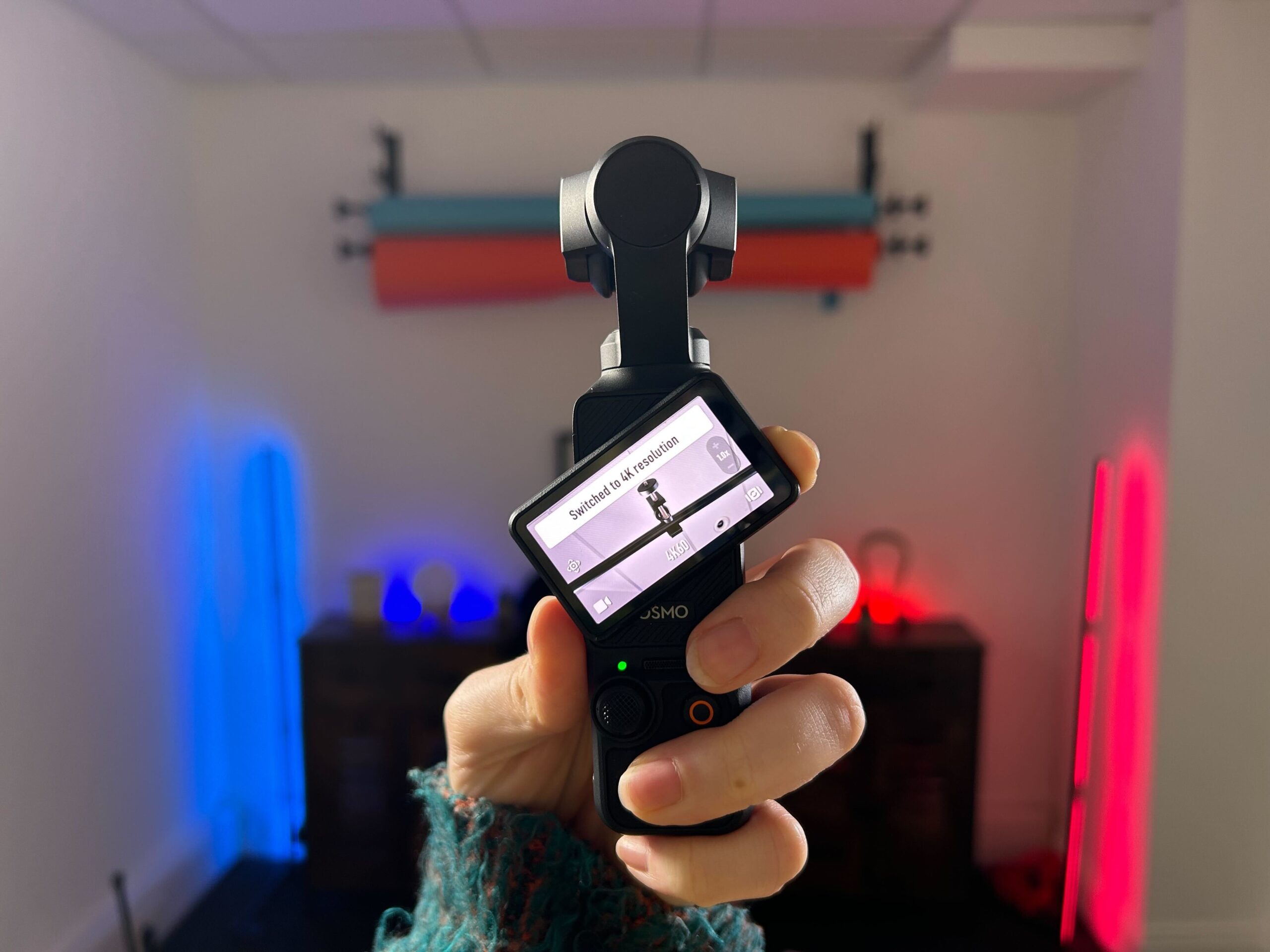Sony A6700 Review
Sony’s first new APS-C flagship in four years


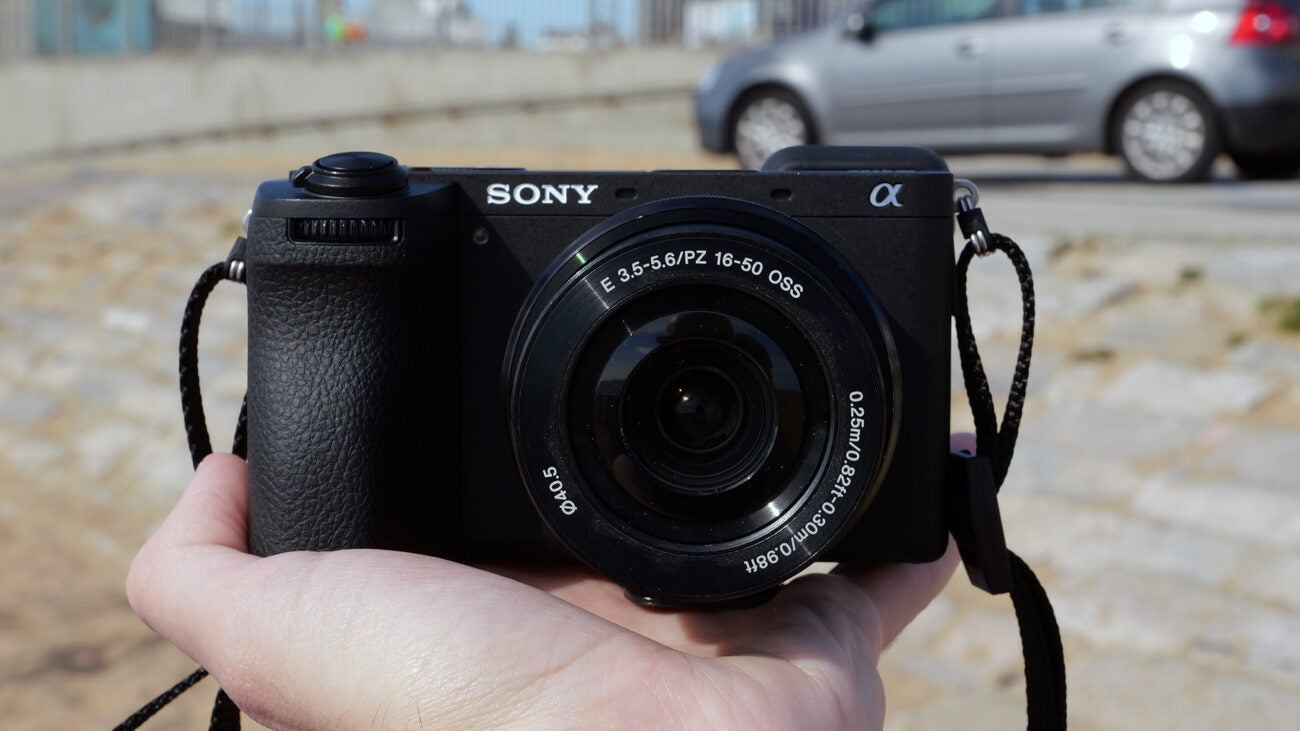
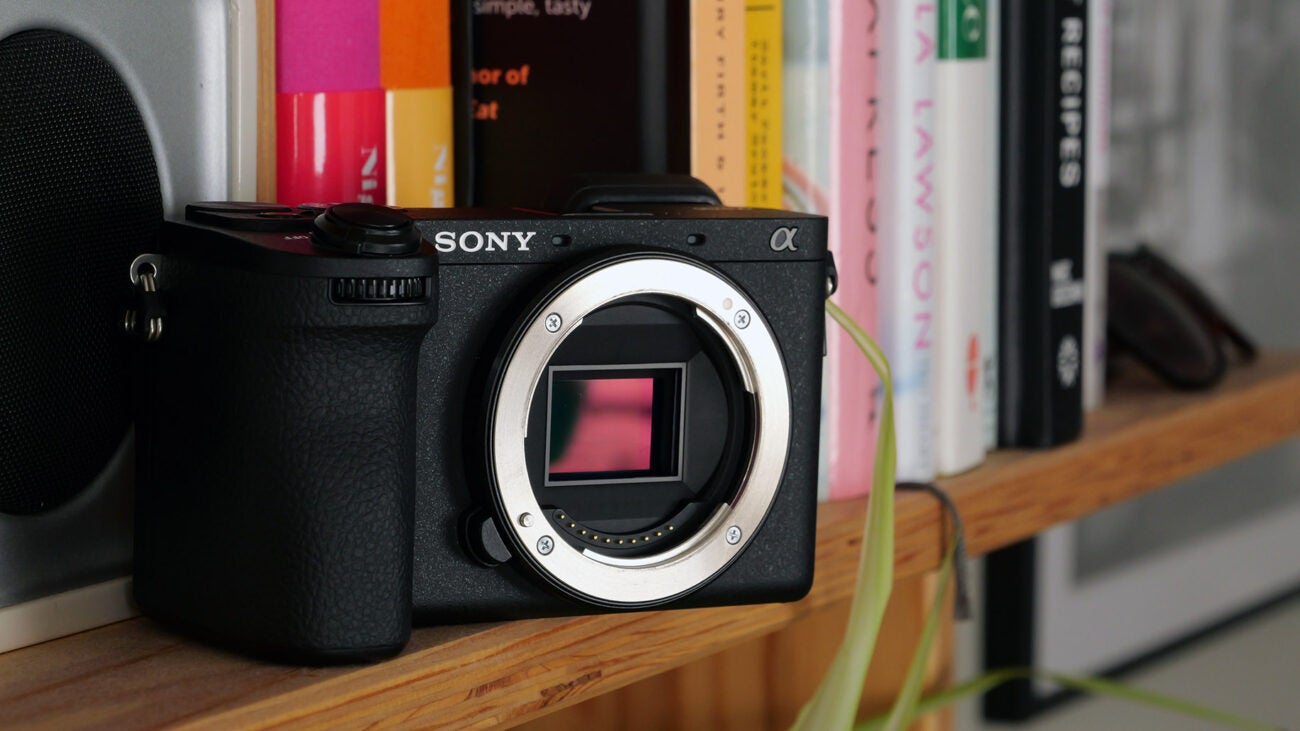


Verdict
Despite being Sony’s first new APS-C flagship in four years, the Sony A6700 doesn’t make any grand attempts to break the mould. However, a dearth of dramatic design or feature changes doesn’t detract from the fact that this is a very strong hybrid mirrorless camera with first-class autofocus implementation, a wide array of video options and a high-quality sensor that performs well in most situations.
Pros
- First-rate autofocus performance
- Wide selection of video modes
- Compact, lightweight body
Cons
- Single SD card slot
- Can overheat in some situations
- Design may not suit all users
Key Features
- 26MP sensorBack-illuminated Exmor R APS-C CMOS sensor
- 759-point AFAI-assisted autofocus for subject recognition and tracking
- Powerful video options4K at up to 120fps and 10-bit 4:2:2 colour depth
Introduction
Sony’s full-frame models are the stars of its mirrorless camera offering, needing little introduction among photographers and videographers – but the company also makes an oft-overlooked selection of mirrorless models with smaller APS-C sensors.
That selection just got a little wider with the arrival of the Sony A6700, the brand’s first new flagship APS-C model in around four years.
Lighter and more compact than a full-frame camera, the A6700 is a hybrid model with plenty to offer on both the video and photo fronts. It packs a new 26-megapixel sensor, a powerful BIONZ XR processor, separate AI processor and a (relatively) reasonable price tag.
Has Sony finally delivered an APS-C model able to lure the spotlight away from its beloved full-frame range? I’ve put the A6700 through its paces, and here’s what I’ve discovered.
Design and handling
- 122 x 69 x 75.1mm size and 493g weight
- Splash- and dust-proof design
- New tilt-and-flip screen design
Sony’s APS-C models have attracted criticism in the past for their somewhat idiosyncratic design, but very little has changed in this regard. The A6700’s body is still boxy and compact, and users with larger hands might find it quite uncomfortable to hold – at least compared to a DSLR-style body.
That said, the A6700’s hand grip has been slightly bulked up compared to the A6600, and I (with my medium-sized mitts) had few issues with handling, particularly with a larger lens attached.

With a small lens bolted on, however, the setup is attractively compact and lightweight even by mirrorless camera standards. Ergonomically speaking, I still prefer the classic DSLR shape over this, but it’s not even close to the deal-breaker some vocal critics have suggested it is. It’s also nicely built; there’s no IP rating or anything, but it’s rain and splash-resistant and its magnesium alloy shell feels solid.
The OLED viewfinder is located far to the left side of the A6700’s rear panel, which takes a bit of getting used to if you’re accustomed to the more central EVFs employed by more traditional camera bodies, but again there’s nothing particularly egregious about it; it even has a decent-sized rubber eye cup to rest your face against.

The 3-inch screen now flips out to the side rather than directly upwards, which is a major upgrade on the A6600. When facing forward, it’s no longer completely obscured by anything you’ve mounted on the hot shoe – but your view could still be slightly blocked by any USB-C, microphone or headphone cables you’re using.
Connectivity is as you’d expect: in addition to the aforementioned physical ports, you get a micro HDMI socket as well as Bluetooth 4.2 and dual-band Wi-Fi for wireless networking. There’s a single SD card slot, which feels a bit uninspiring on a supposedly premium model – but I do understand that space is limited on such a compact body.
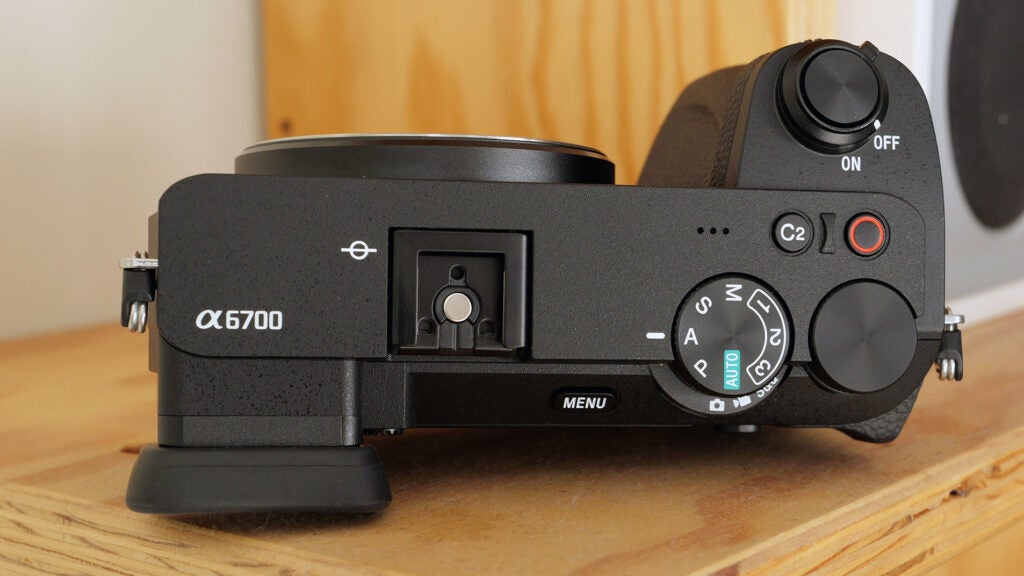
There are further positive tweaks made when it comes to controls, in particular the new switch that instantly shifts the shooting modes between photo, video and S&Q (slow and quick); above it, you still get the standard PASM dial too. The video record button is now situated on top of the camera too, in a much easier to reach spot than the A6600’s which is awkwardly placed on the corner of the back.
Features and performance
- AI-assisted, 759-point autofocus system
- 11fps continuous shooting
- Strong battery life from NP-FZ100 battery
Like the A6600 before it, the Sony A6700 comes with 5-axis in-body stabilisation, and it’s been slightly improved with the addition of a new Active mode designed for video. This does lessen camera shake a little, but crops out quite a bit of the sensor surface which means you’ll fit noticeably less in the frame. Stabilisation is solid here – you get about five stops of compensation according to Sony – but it’s not especially effective when compared to rival models like the Panasonic GH6.
One thing that Sony arguably does better than anyone else, however, is autofocus, and the A6700 benefits from a very strong application of the brand’s hybrid phase and contrast detection system.

Not only are there 759 detection points spread across the sensor’s surface, but AI assistance lends a hand when it comes to subject recognition. The camera can now recognise not only human faces and eyes, but human body shapes – not to mention other subjects like birds, animals, insects, cars, trains, airplanes and motorcycles.
You simply set AF to look for your chosen subject type and it’ll locate it when it’s in frame, sticking to it like glue once you have a lock. It’s a hugely impressive system both in terms of accuracy and speed, and works well with both video and photos.
The camera can shoot still photos continuously at 11fps, which is respectable but no faster than the A6600. What it can do is store more photos when shooting this way, thanks to a larger buffer that supports up to 1000 JPEGs or around 60 lossless RAW files. You can also now shoot HEIF format photos (a first on a Sony APS-C camera) in addition to JPEG and RAW format shots.
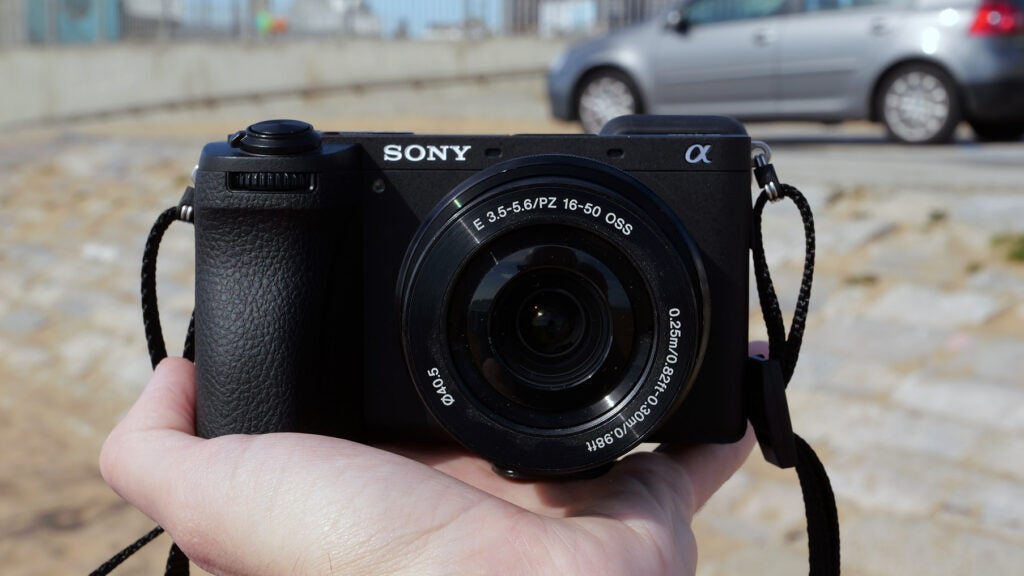
In terms of battery performance, the A6700 uses the tried and tested NP-FZ100 battery, and has a CIPA rating of 550 photos or 95 minutes of video recording on a full charge. You’ll likely get more than that out of it, so overall I’m impressed with its stamina.
Unlike some Sony models, there’s no cooling system here (again, probably due to the compact body size). That means that you’ll risk overheating the camera when recording long video clips, particularly at 4K quality and higher frame rates. You should still get around 30 minutes of footage before it shuts itself down to cool off.
Photo and video quality
- 26-megapixel back-illuminated CMOS sensor
- 4K video at up to 120fps
- Several picture profiles to pick from
The Sony A6700 is based around the same 26-megapixel APS-C sensor previously seen on the Sony FX30 Cinema Line video camera, but being a hybrid camera is understandably more balanced in its approach. The FX30 didn’t have a viewfinder or a mechanical shutter, for instance, but you’ll find both here.



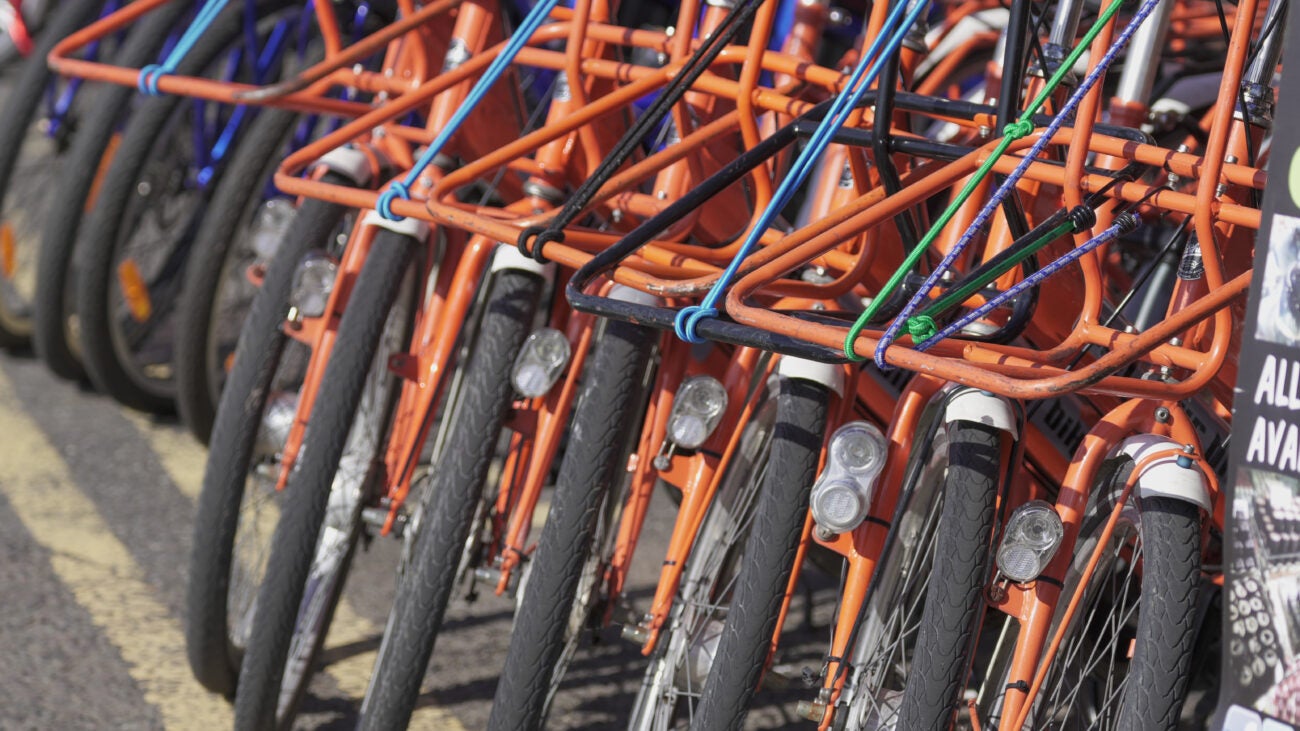

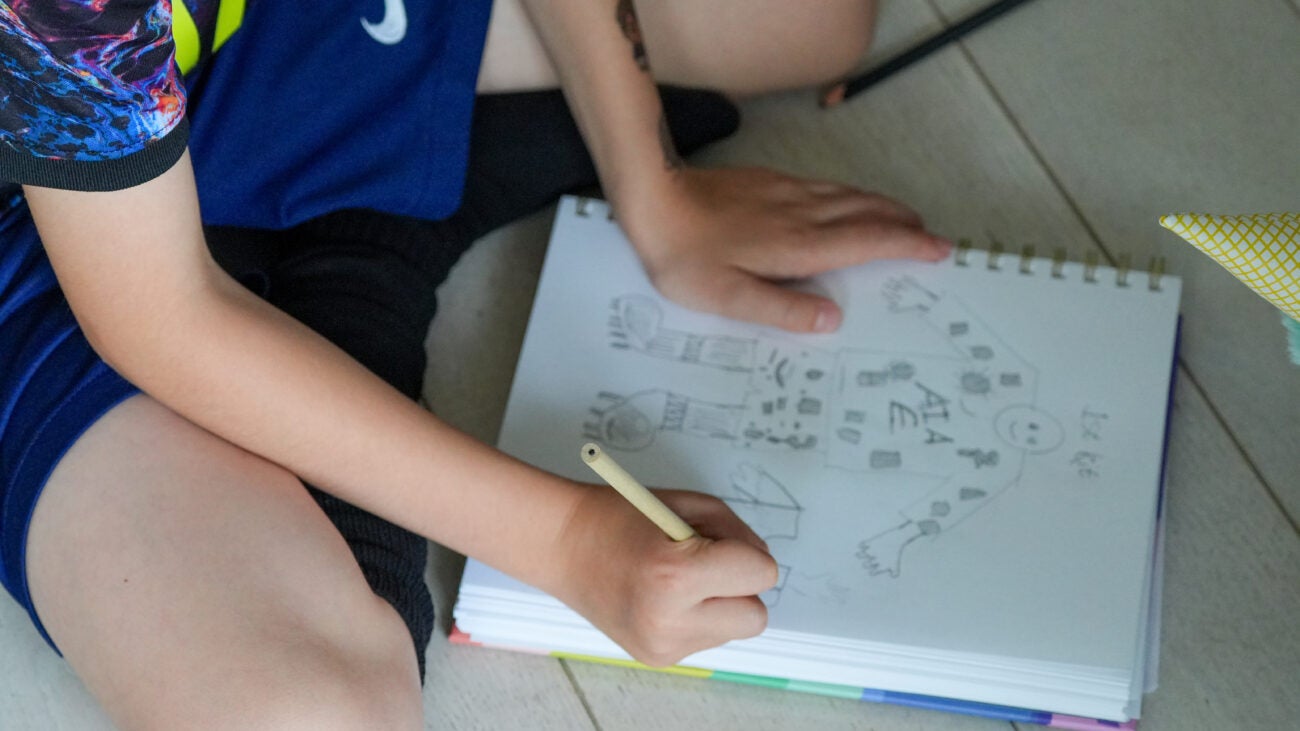

It’s a fine sensor, and despite its relatively small size compared to Sony’s array of full-frame sensors it delivers very impressive image quality in most situations. Dynamic range, colour reproduction and detail are all strong, and remain fairly punchy even in lower light situations.
Your choice of lens will play a big part of course (the majority of the shots you’ll see in our examples here were taken with Sony’s new high-end 70-200mm F4 zoom lens), but in general we have few complaints about image quality for either photos or video. You’ll get better dynamic range and low-light performance with a full-frame camera, sure – but you’ll also be paying more and lugging around a heavier load.

The A6700 also gives users a lot of image options to play with. I’ve already mentioned that photos can be shot in the space-saving HEIF format used by iPhones, but videos can be recorded with 10-bit 4:2:2 colour depth and in a variety of colour profiles including Hybrid Log Gamma and Sony’s popular S-Log2 and S-Cinetone, boosting the camera’s appeal for serious videographers.
It can record regular 4K clips at frame rates up to 60fps, and 4K slow motion footage at up to 120fps for smooth frame-by-frame playback.
Latest deals
Should you buy it?
You want a compact and capable camera
The Sony A6700 is a strong all-rounder in a compact body – and still finds room for a viewfinder.
You want a video-centric camera
With its micro HDMI and lack of cooling, the A6700 isn’t as well equipped as some other Sony models.
Final Thoughts
While the Sony A6700 may not be the most exciting camera in Sony’s line-up, it smartly builds upon previous APS-C models with a raft of valuable improvements and additions – including autofocus that is truly class-leading.
The compact, solidly built body won’t be to everyone’s tastes but there’s room for an impressively poseable touchscreen and a decent viewfinder. For Sony, there’s clearly life in APS-C yet. Check out our Best Camera guide for even more options.
How we test
We test every camera we review thoroughly. We use set tests to compare features properly and we use it as our main device over the review period. We’ll always tell you what we find and we never, ever, accept money to review a product.
Tested in a range of different lighting conditions
Video clips were captured in a range of resolution and frame rates
FAQs
The Sony A6700 launched in 2023, so is still a relatively new camera.
The Sony A6700 comes with 5-axis in-body stabilisation.

